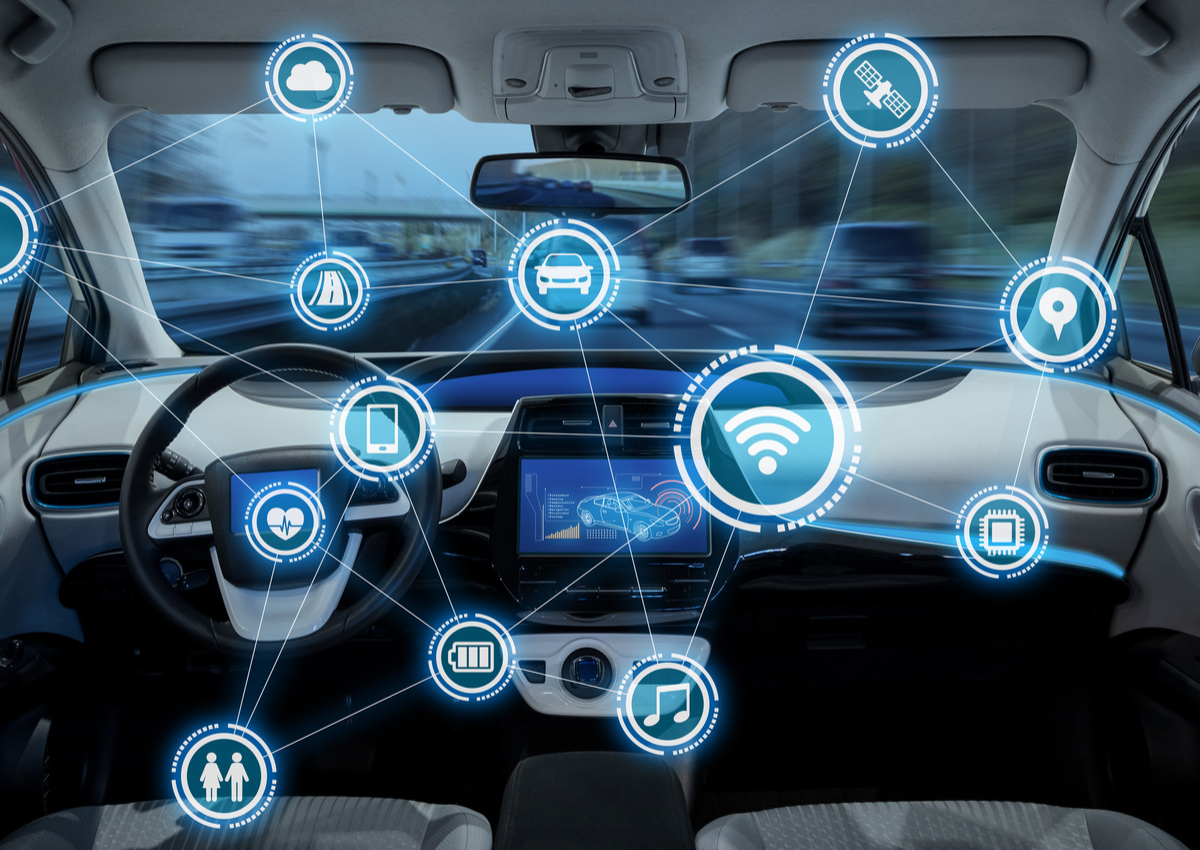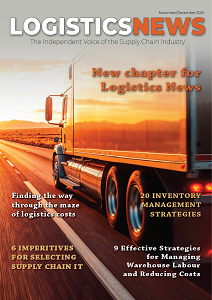Many players in the auto industry have overlooked the many opportunities to monetise vehicle data, especially considering how other industries are generating huge value from data. It not only creates new revenue opportunities for the auto industry, but also increases brand loyalty and improves the customer experience.
Connected vehicles offer a plethora of cost and revenue benefits to fleet owners, car manufacturers and dealers, insurers and tech players. It is fast becoming a growing trend in fleet management, it can ensure safer roads, more efficient vehicles, enhanced driver experiences and offers many new revenue streams.
Easy access and seamless integration to extensive industry data offers a quick return on investment. It can be used for an endless array of initiatives including fuel consumption, scheduling, maintenance cost, driver retention, operating expenses, compliance and productivity.
The automotive industry has already begun moving toward life-cycle monetisation, rather than focusing on revenues at point of sale and in the aftermarket. By 2030, about 95 percent of new vehicles sold globally will be connected. Around 45 percent of these vehicles will have intermediate and advanced connectivity. This is according to McKinsey’s research.
Forecasts indicate that connectivity levels will increase significantly, with 60 to 70 percent of new vehicles sold in North America and Europe reaching Connected Car Customer Experience (C3X) Level 3 or above by 2030.
This shift will dramatically expand the addressable market for connectivity solutions. New features will increase C3X and enable a wider range of services.
Improved driver behaviour
Vehicle data has also been proven to improve driver behaviour, safety, fleet efficiency and customer service. For example, vehicle data can be used to proactively identify aggressive driving behaviours that could lead to accidents.
This data could also help boost driver performance, resulting in on-time departures and deliveries, improved service levels, route adherence and increased customer satisfaction. It could also be used to optimise routing with geo-fencing customer locations, and tracking of vehicle stops for extended time periods.
It could then trigger driver training which will improve driving, which could extend the life of brakes and tyres. This could then lead to reduced cost savings in safety, maintenance and downtime.
Direct access to rich, normalised connected vehicle data empowers the flexibility to connect and integrate various telematics systems and value-added offerings. Furthermore, the migration between tools is painless, and so is the sharing of the vehicle data within different business groups of the organisation, partners and customers is made seamless.
Efficient maintenance management
Vehicle data helps fleets owners analyse vehicle performance to determine optimal fleet age. This information will help maintain a more predictable purchasing budget. They can also use data and analytics to implement a predict-and-prevent model for maintenance management instead of working on a break-and-fix methodology.
Vehicle data can identify repairs that are no longer economically relevant. They can leverage data insights to implement effective replacement cycles fitting budget goals and corporate strategies. Vehicle data enables proactive maintenance programs to mitigate engine failures and other preventable issues.
Fleet owners can now track preventative maintenance compliance measures then consolidate their related data to reduce maintenance calls and related vehicle downtime. They can create a centralised hub to gather and review alerts to promptly address maintenance issues before they result in roadside events or major repairs.
This hub can store data on maintenance activity: cost, supplier, and mileage, to prevent repair duplication, ensure warranty coverage and minimise downtime.
Repairs can now also be scheduled proactively, saving time by coordinating repair slots that best suit the customer. It can also help optimise inventory management for dealers and workshops by notifying them about upcoming repairs.
More importantly, vehicles can actively reduce maintenance costs by automatically adjusting their settings based on data, thereby lowering the wear and tear.
Fleet management
Advanced fleet management solution like LocoNav can help a fleet owner save money by maximising the efficiency of their equipment, thereby increasing the productivity of their fleet.
They can now easily analyse fleet trends and optimise fleet utility, they can learn about fuel costs, pinpoint problem areas and get conclusive reports on fuel performance. Along with that, they can also be a step ahead from unwarranted fuel theft and streamline vehicle allocation accordingly.
It can also help track the performance and productive output of drivers in a transparent and efficient manner. Fleet owners can keep a pulse on every movement of their crew, ensuring delivery schedules are being met.
The data that connected vehicles generate is invaluable. Although it provides business growth opportunities and value, it could also lead to confusion if the data analysis is not focused on key business goals.
Automotive connectivity is changing fast and the potential for data monetisation is increasing significantly for players across the ecosystem. New players with innovative approaches could easily gain an advantage whilst those that fail to act now will miss the opportunity.

.jpg)


